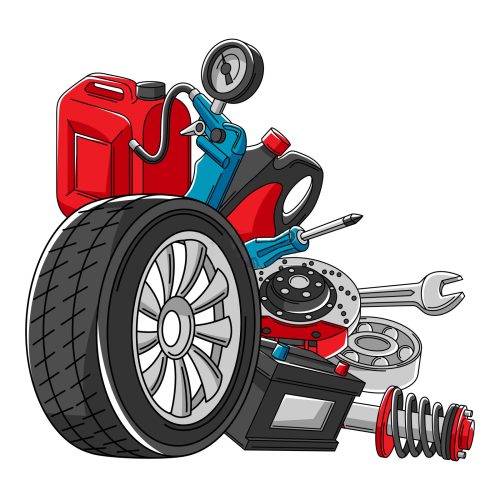How to classify automobile maintenance equipment?

Automotive Equipment Classification
In the automotive repair and maintenance industry, equipment is typically categorized into several key types, each serving a specific function in the repair and upkeep of vehicles. Here’s a concise overview of the main categories:
- Diagnostic Equipment
- Description: Essential for identifying and troubleshooting vehicle issues.
- Examples: OBD-II scanners, data loggers, and specialized computers.
- Usage: Helps mechanics quickly pinpoint problems in the vehicle’s electronic systems.
- Testing and Analysis Equipment
- Description: Used for detailed performance and fault analysis.
- Examples: Test benches, alignment machines, and various sensors.
- Usage: Ensures vehicles meet safety and performance standards.
- Maintenance and Cleaning Equipment
- Description: Tools for routine maintenance and cleaning tasks.
- Examples: Oil change machines, fluid extractors, and car wash systems.
- Usage: Keeps vehicles clean and well-maintained, extending their lifespan.
- Body and Paint Equipment
- Description: Equipment for repairing and refinishing vehicle bodies.
- Examples: Paint booths, spray guns, and body alignment tools.
- Usage: Restores vehicles to their original appearance after accidents or wear.
- Tire Equipment
- Description: Tools for tire-related services.
- Examples: Balancers, tire changers, and nitrogen fill machines.
- Usage: Ensures tires are properly fitted and maintained for safety and performance.
- General Repair Tools
- Description: Basic tools for manual repair tasks.
- Examples: Wrenches, screwdrivers, and tool kits.
- Usage: Essential for everyday repairs and adjustments.
- Heavy Machinery
- Description: Large equipment for lifting and moving vehicles.
- Examples: Lifts, jacks, and hoists.
- Usage: Facilitates access to vehicle undercarriages and heavy components.
